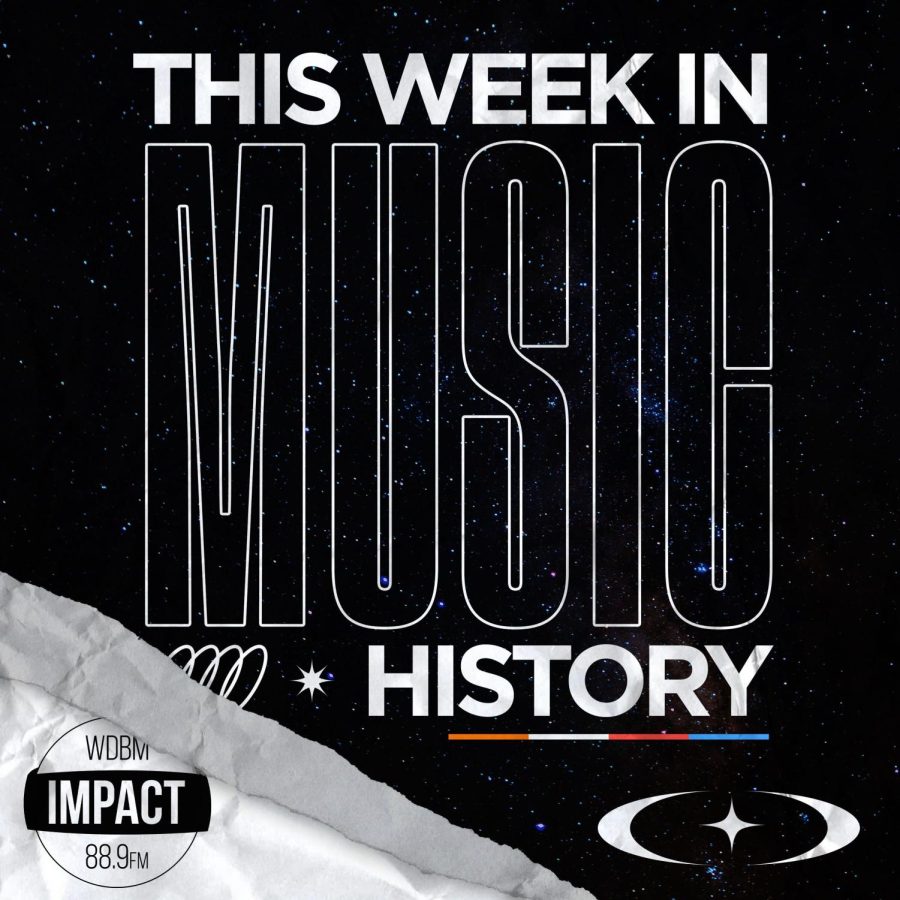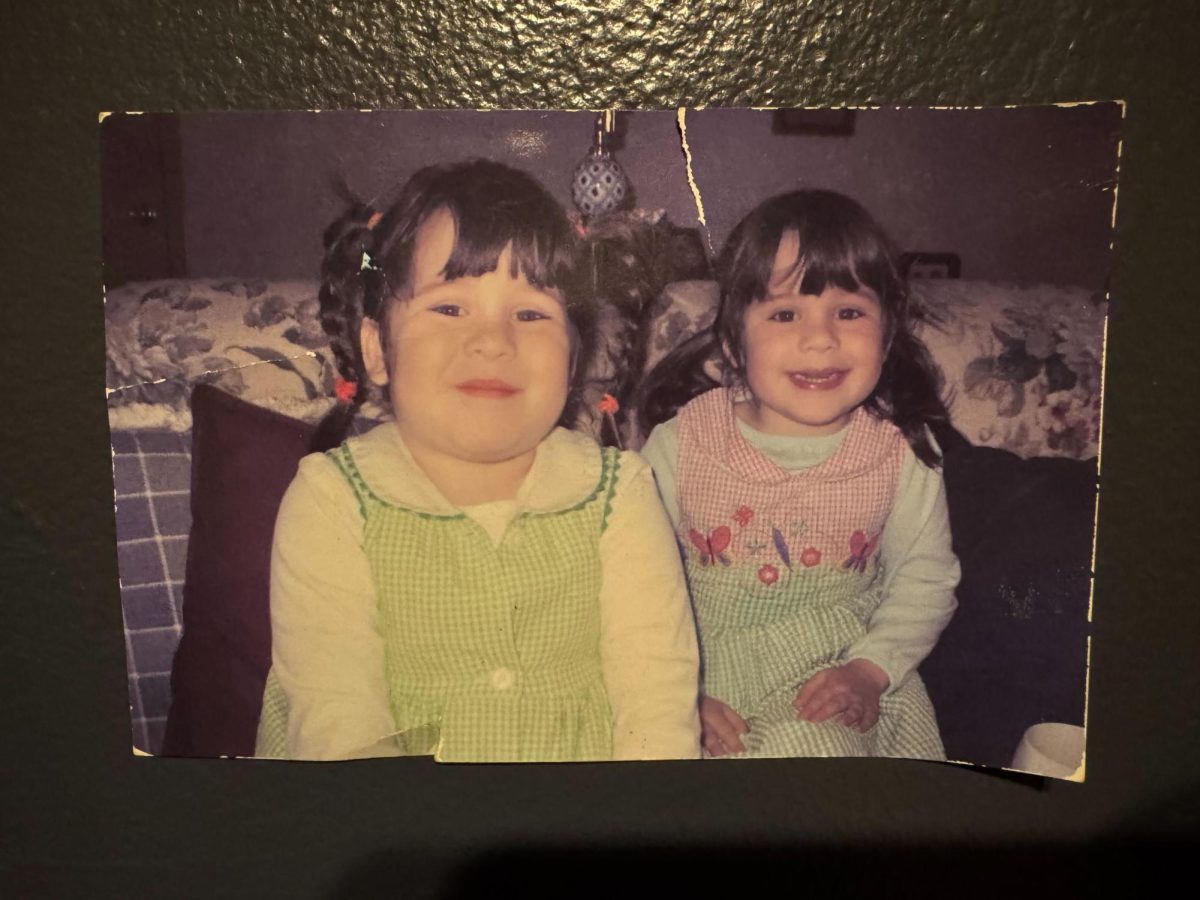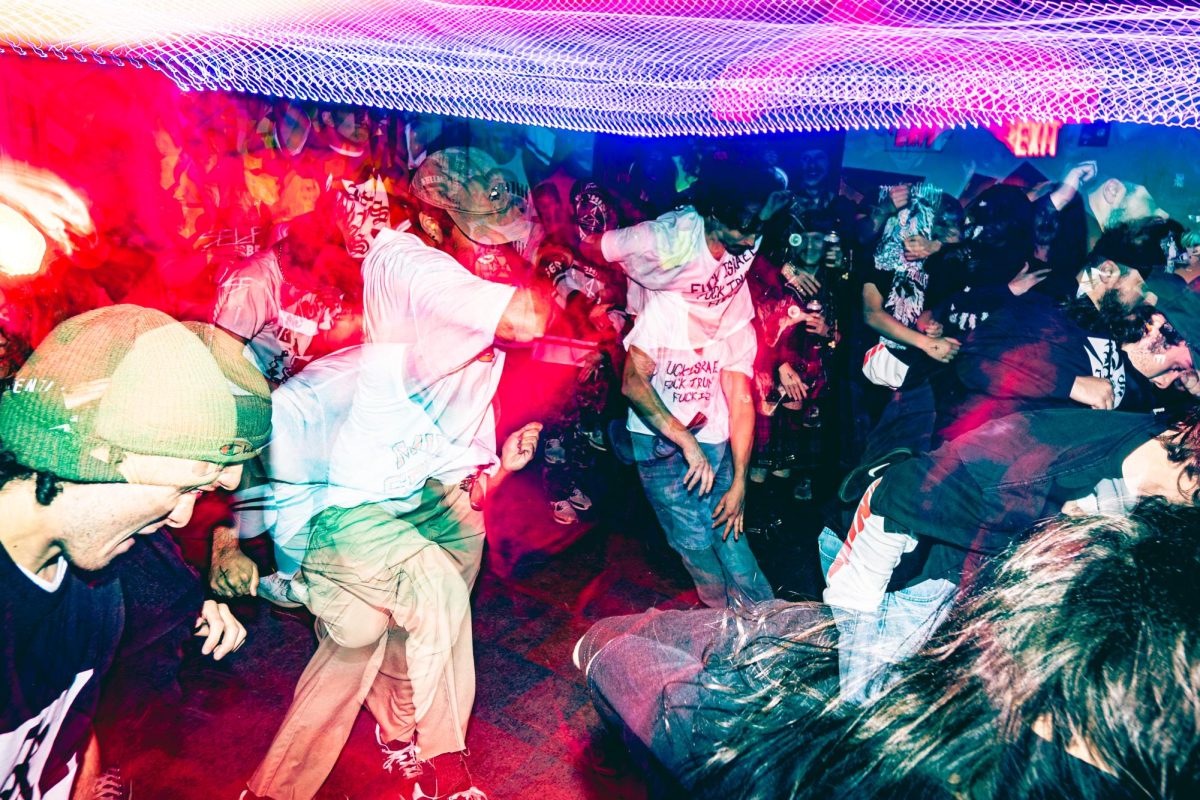On Nov. 23, 1993, Snoop Doggy Dogg released his debut album, Doggystyle. This album is notable for being the first ever debut album to chart No. 1 on the Billboard 200, selling over 800,000 copies in the first week alone. Now 30 years old, the album’s production endures as an exemplar of excellence.
Snoop Dogg, as he is currently known, uses humor that has been heavily criticized for being filthy and unsophisticated. The most popular song from the album is “Gin & Juice,” which paints a picture of a party. The whole album, in fact, feels like one big party. This is due in part to the many skits that can be heard between tracks. Also, Snoop Dogg’s lyrics in “Gin & Juice” capture his eccentric personality. His humor develops a chill atmosphere that lets the listener be absorbed into the party.
This album also helped bring G-funk into the mainstream. The genre is characterized by samples drawn from the godfather of funk, George Clinton. Clinton had revolutionized a genre known as P-funk. The many homages to the work of Clinton and Parliament-Funkadelic contribute to the album’s laid-back vibe.
Doggystyle’s album art was drawn by Snoop Dogg’s cousin, Joe Cool. In an interview, he said, “I didn’t think it would be iconic, man. And then when it sold as many as it sold, and I seen my shit up there, it just gave me… like, damn. I can’t believe it. My artwork is out there ’cause Snoop let it come.”
Joe Cool also contributed to the album by helping Snoop Dogg write some of the lyrics on “Murder was the Case,” having spent time in prison himself. About one month before the release, the then 21-year-old rapper turned himself in for the crime of murder. This only added to the public’s growing anticipation surrounding the release.
Other gangsta rappers of the time typically delivered lines bluntly and used anger to get the message across. Snoop Dogg’s rhymes have been called evocative, melodic, distinct and oh so smooth. With this release, he cemented himself as one of the greatest hip-hop artists of all time.
– Robbie Sullivan
Freddie Mercury, frontman of the illustrious and irreplaceable band Queen, was a force to be reckoned with. With his operatic training, he stood out among his peers. Queen led a revolution with their originality and showmanship that continues to live on today.
On Nov. 24, 1991, Mercury died in his Kensington home, just a day after Jim Beach, Queen’s manager, issued a press release revealing Mercury was HIV positive and had AIDS. His death was felt around the world, as statues were erected, vigils were held and a tribute concert was organized to honor his legacy.
The Freddie Mercury tribute concert was held in April 1992 at Wembley Stadium, where Mercury stood only a few years prior for his legendary Live Aid performance. Many esteemed musicians and performers took the stage to celebrate the life of Mercury: this included David Bowie, Elton John and George Michael. This concert raked in millions of dollars for AIDS research, as around 72,000 people were in attendance for the show.
The AIDS epidemic was a truly heartbreaking time, as the illness stripped away identities and ostracized the LGBT+ community more than it already was. Although Mercury stayed silent on his identity and battle with AIDS, he was an extremely charitable person, leaving donations throughout his lifetime.
Since then, the Mercury Phoenix Trust was founded by Queen bandmates Brian May and Roger Taylor, along with Jim Beach. The fund is still active, raising awareness and money for further research and AIDS illness support. Mercury’s legacy continues to live on through biopics, Queen’s continued touring and the fact that nearly everyone on the planet has heard his genius.
– Noelle Simonelli
On Nov. 25, 1974, Nick Drake unexpectedly passed away from an overdose of antidepressants. Drake embodied the “starving artist” archetype, failing to achieve commercial success with each of the three LPs he released during his lifetime. Drake had dabbled in music composition from a young age, originally being encouraged by his mother — who played a bit of music of her own — to learn the piano. Once Drake picked up the guitar, he immediately implemented his musical curiosity in experimenting with open tunings — tunings in which all the strings of a guitar are set to a specific chord. The timbre derived from those opened strings is only bolstered with Drake’s intricate finger-style performance.
Five Leaves Left would be Drake’s debut record, produced during his time at Cambridge in 1969, which he would ultimately leave behind to pursue his musical career. Robert Kirby, a friend he met in school, would write instrumental arrangements for the tracks on Five Leaves Left, as well as Bryter Layter, Drake’s sophomore LP that was released in 1970. Both records would fail to amass an audience large enough to support Drake financially.
In 1972, Drake released Pink Moon, his final album. Pink Moon totally strips away the layers of grand production that had built up over his last two efforts, resulting in a product that spotlights Drake and his guitar. There is a magical quality to the rawness of the recording. It’s almost like a portal to a spontaneous moment of pure and innocent creation.
Drake’s isolative nature and the failure to upstart his musical career would lead him down a serious case of depression that he would never quite tear away from. He quit the music scene for a couple of years before resolving to continue with a fourth LP. This LP would never be finished, as Drake’s depression intensified.
There were moments where Drake was cheery and held a contented conclusion about his place in life, and he died during one of these positive waves. His death was ruled a suicide, yet some of his friends and family members dispute the claim. There was no other evidence of a purposeful attempt at taking his life aside from the nature of an overdose.
Near the bookend of Five Leaves Left, “Fruit Tree” perfectly captures the essence of Drake and his history. The lyrics prophetically read:
“Fame is but a fruit tree /
So very unsound /
It can never flourish /
Till its stalk is in the ground.”
“Safe in your place deep in the earth /
That’s when they’ll know /
What you are really worth.”
Drake was able to attain a cult following decades after he was gone, and people were finally able to hear his voice through the silence of his death. He left a small influence on the work of the next generation of musicians, and this influence has only grown as time rushes along.
– Ryan Beylerian
On Nov. 26, 1989, MTV aired the premiere episode of the hit series MTV Unplugged. The show would feature musical artists playing acoustic instruments. MTV Unplugged aired frequently from 1989 to 1999 and from 2000 to 2009, however, not as many episodes aired during the latter time frame. The show’s first season hosted performances from artists such as Syd Straw, Elliot Easton and Elton John. Singer and songwriter Jules Shear would host the first 13 episodes of the series.
MTV Unplugged has featured some of the most iconic performances in music history. Eric Clapton’s Unplugged became the best-selling live album of all time, selling 26 million copies. Other performances include rock band Nirvana, which was one of the last televised performances from lead singer Kurt Cobain after his death in 1994.
MTV Unplugged is one of the most iconic shows in music history.
– Liz Thomas


















